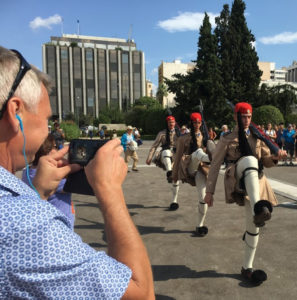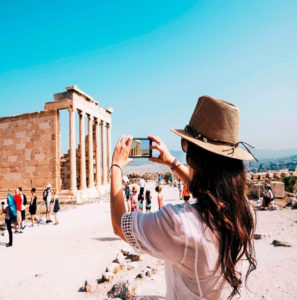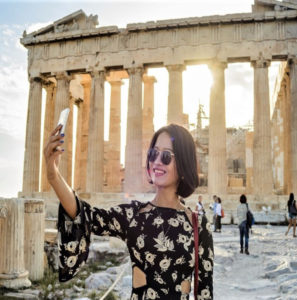ANCIENT AGORA
THE BIRTHPLACE OF DEMOCRACY
The Ancient Agora of Athens is located at the foothills of Acropolis. It was the heart of the city in ancient times. It was the administrative, financial, philosophical, educational, social, cultural and later the political center of the city.
Initially, it was a residential area and a burial place while from the 6th century and on it functioned as public space with public buildings, arcades and temples. These important constructions starting from the 5th century BC showed the considerable development of the city of Athens as military and financial power. Yet, the most important is that the Ancient Agora was the place where the political system of democracy was born and implemented while it was used as place of expression and conversation of the philosophers of the era.
The Ancient Agora of Athens was destroyed and besieged many times by the Persians, the Romans, the Heruls (or Erulus) and Slav invaders and finally it was abandoned. During the 10th century, it seems to be inhabited again but eventually new distractions followed until the Greek Revolution of 1821. When the New Greek state was established in the 19th century, the Ancient Agora was practically buried under the densely inhabited new Athens that was named capital of Greece.
The methodical excavations of the area of the Ancient Agora were divided into different periods and brought to light important monuments and archeological findings. The most important monuments are the following:
THE TEMPLE OF HEPHAISTOS
The Temple of Hephaistos, known today as Thession, is the best preserved Ancient Greek temple and it was dedicated to the god Hephaistos who was the god of fire and metallurgy. The temple is constructed with marble from the nearby mountain of Penteli and is almost identical with the temple of Poseidon in Sounion.
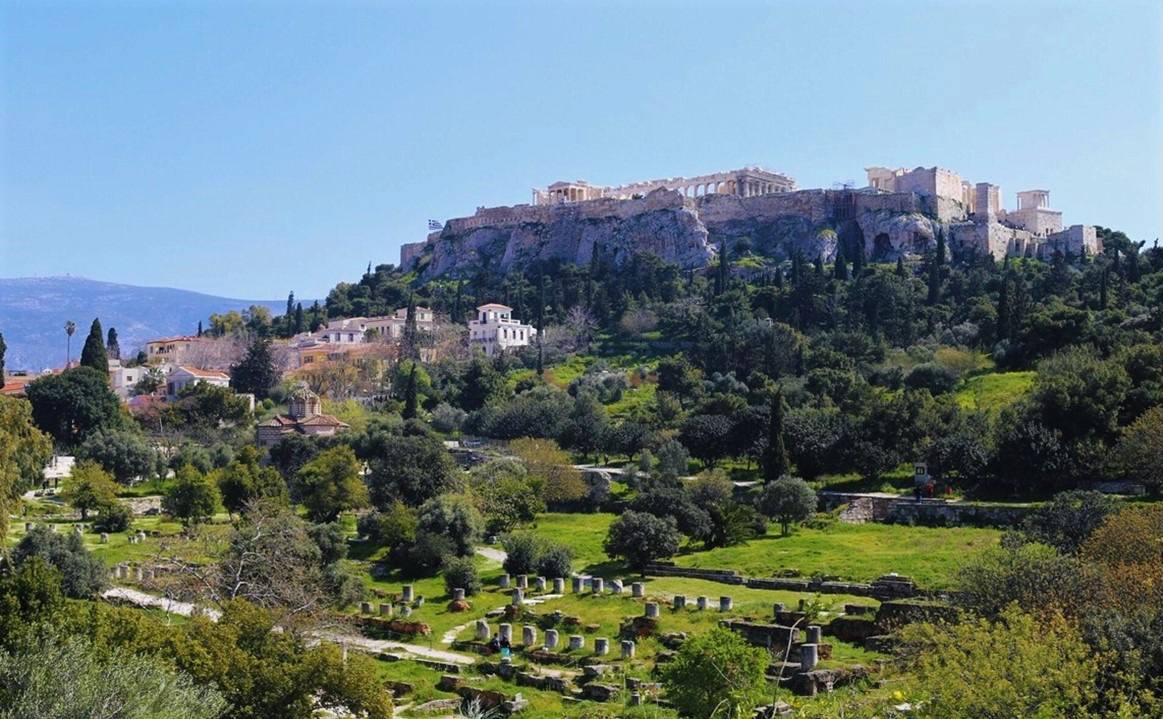
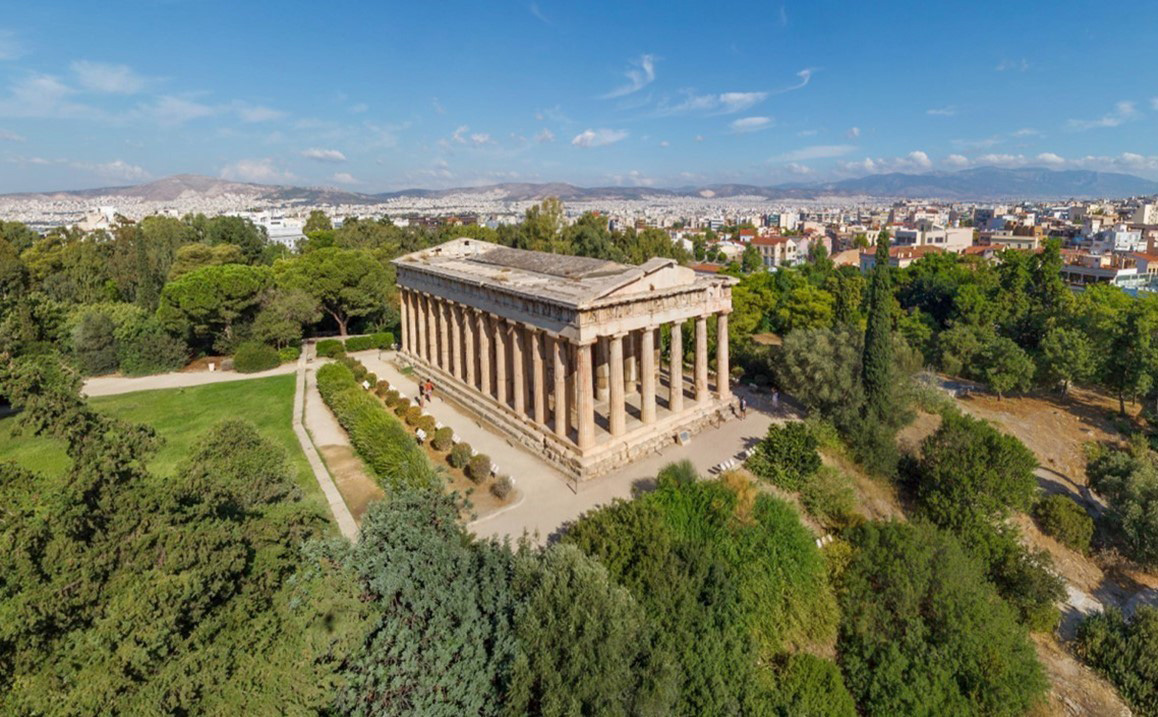
THE LIBRARY OF HADRIAN
The Library of Hadrian, was constructed during the 2nd century AD by the philhellene Roman King Hadrian. The expansion of the Roman Agora, the completion of the temple of Olympian Zeus and plethora of other buildings prove the love of the Roman King for the city of Athens which he visited very often.
THE ROMAN AGORA
The Roman Agora, was constructed as a continuation of the Ancient Agora in order to satisfy the needs of everyday life of the city as Athens was expanding. The Ancient Agora was connected with the Roman Agora through a road. When the Roman Agora was completed that road was decorated. The love of Romans for luxury and extravagance was a characteristic of their constructions. The Romans chose the specific location because it was situated in a strategic area. It is placed between the Acropolis which was the most important religious and symbolic place of the city and the Ancient Agora which was the center of commercial and political life at that era.
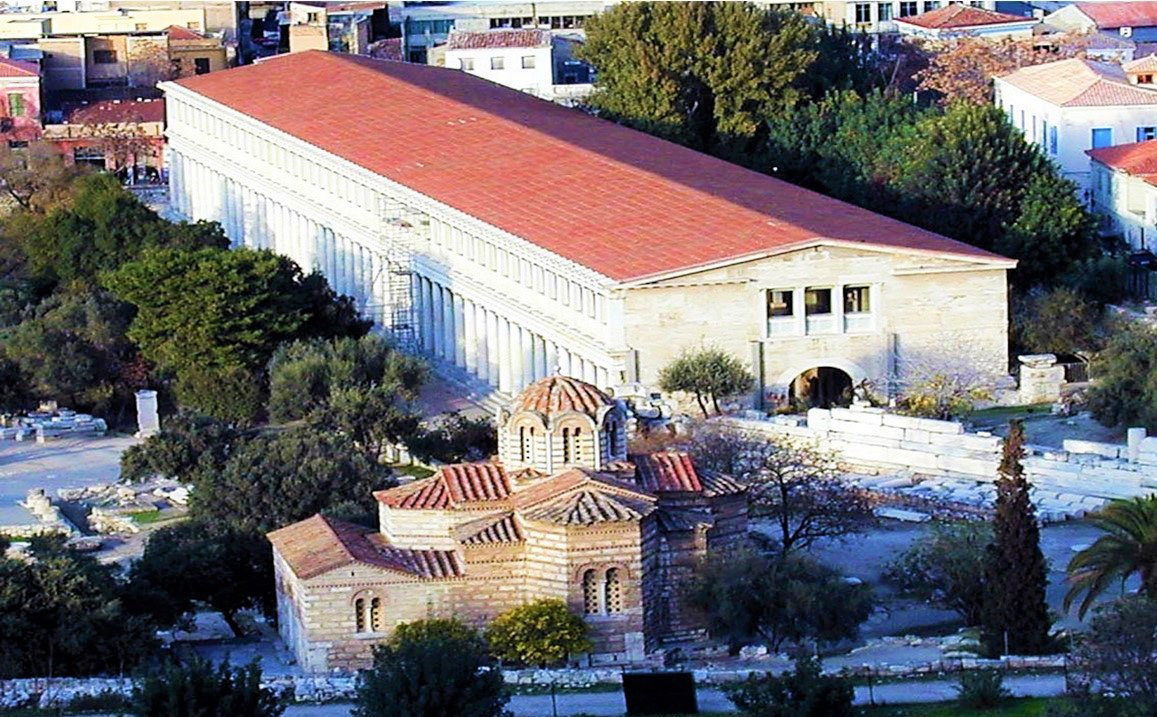
The Altar of Gods
The Altar of Gods was a temple dedicated to the 12 Olympian Gods. The Bouleuterion was a square construction with five columns of Doric style where the members of the Parliament of 500 convened. The Mint was the place where the coins of Athens were manufactured. During excavations a lot of coins were discovered as well as a lot of molds for copper coins. The Oden of Agrippa was a bulky building that was located in the center of Agora and it was the spot where music competitions were conducted. Moreover, foreign philosophers who visited Athens, used to teach there. The Stoa of Attalus during antiquity was the biggest covered meeting point, promenade and mainly commercial area for the Athenians. Today, the archeological museum is located there featuring findings of the area of the Ancient Agora.
The bright era of Agora and in general of Athens will continue until 267 AD when the Heruls invade and destroy completely the city. The monuments of Agora are almost totally wiped out except for the temple of Hephaistos which surprisingly suffers minor damage. The excavations have continued by the Greek – American archeological academy until today. Unfortunately, the fast-commercial development of the area does not provide the opportunity for further research.
Worth living in Athens!!!
Near the Ancient Agora the famous districts of Monastiraki and Plaka are located. They consist distinct neighborhoods of Athens. Picturesque images with small shops and antiquity stores can be seen in these neighborhoods. In the narrow alleys with traditional taverns and cafes the visitor can taste the aroma and savor of traditional recipes of the Greek cuisine. There is no doubt that this is the ‘MUST’ of the city of Athens where the visitors can uncover nostalgic memories of another area which does not exist anywhere in the world.
You too can wander around Athens and get a first-hand experience of the history of the Ancient Agora. “MY GREECE TOURS” offers tailor-made Day Tours in Athens for everyone who is visiting this unique destination. Keep reading to find out more information on day tours in Athens.



